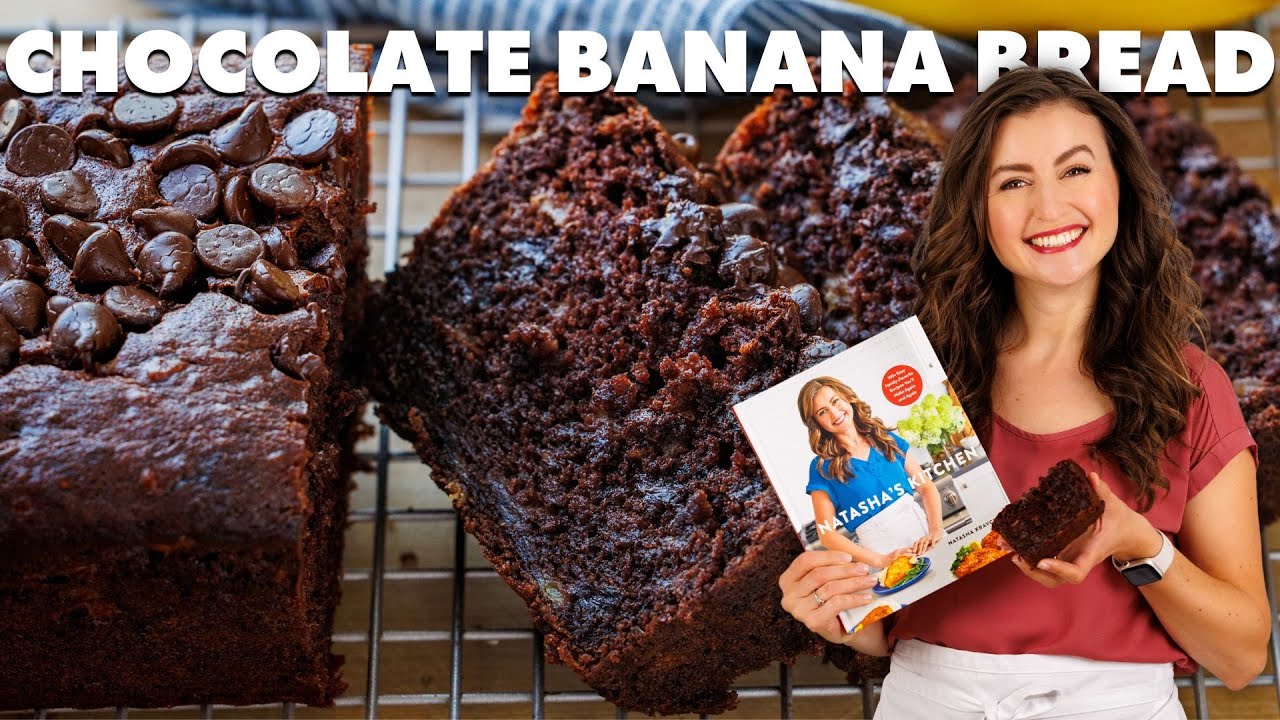How I STUDY for my Biology Classes | Biomedical Science Major
Summary
TLDRIn this video, Natasha shares her effective study techniques for mastering biology, specifically tailored to her biomedical sciences major. She emphasizes the importance of identifying your learning style and gathering study materials such as reading and lecture notes, alongside slides and textbooks. Natasha advocates for understanding concepts deeply, not just memorizing them, and highlights methods like summarizing notes, using YouTube for clarification, and actively teaching the material to reinforce learning. She also recommends tools like Quizlet for reviewing key terms. Natasha’s structured approach has helped her consistently achieve top grades in biology courses.
Takeaways
- 😀 Natasha is majoring in biomedical sciences and is in her third year of study.
- 😀 She has taken numerous biology courses, including genetics, human anatomy, and physiology.
- 😀 The key to effective studying is understanding what type of learner you are (visual, auditory, kinesthetic).
- 😀 Gathering all study materials (reading notes, lecture notes, and slides) is the first step in the study process.
- 😀 Creating condensed summary notes is an important step to reinforce understanding of concepts.
- 😀 To understand biology concepts better, it's crucial to connect different ideas rather than just memorizing them.
- 😀 Repetition is key: Natasha emphasizes repeating information verbally and writing it down to reinforce learning.
- 😀 Using external resources like YouTube helps to clarify difficult concepts when reading materials are not enough.
- 😀 Practice testing and teaching the material to oneself is a crucial method to verify understanding.
- 😀 Natasha uses Quizlet to create flashcards and quizzes to further solidify the concepts she’s learned.
- 😀 Studying for human anatomy specifically involves using Quizlet to learn body parts, functions, and movements.
- 😀 Natasha’s study method has consistently helped her achieve high grades in biology classes, especially through frequent exposure to the material.
Q & A
What is Natasha's major and what year is she currently in?
-Natasha is majoring in Biomedical Sciences and is currently in her third and final year of the program.
How does Natasha manage to complete her degree in a shorter time?
-Natasha took a lot of credits per semester, which helped her shorten her time to graduation.
What is one of the most challenging classes Natasha has taken?
-One of the most challenging classes Natasha took was Human Anatomy, especially since it was a cadaver class, requiring a lot of work.
Why was Natasha disappointed about her Human Anatomy class this semester?
-Natasha was disappointed because she was supposed to take an advanced Human Anatomy class and dissect a cadaver, but the class was online due to unforeseen circumstances.
What is Natasha’s first step in preparing for exams in her biology courses?
-The first step Natasha takes is to determine what type of learner she is, so she can use studying techniques that align with her learning style.
What types of notes does Natasha rely on for her study sessions?
-Natasha uses three main types of notes: reading notes (from textbooks), lecture notes (from class), and lecture slides (from the teacher).
How does Natasha ensure that she fully understands the biology concepts she is studying?
-Natasha ensures understanding by not just memorizing, but connecting the concepts, making sure she can see how one concept applies to another.
What role does YouTube play in Natasha's study routine?
-If Natasha doesn't understand something from her notes or slides, she turns to YouTube for short, condensed videos to clarify the concept.
How does Natasha test her understanding of the material during study sessions?
-Natasha tests her understanding by teaching the material to herself out loud, often pretending to teach a class, and then writing down what she has learned from memory.
What study tool does Natasha use to help with vocabulary and definitions?
-Natasha uses Quizlet, an app that allows her to create flashcards and quizzes to test herself on key terms and definitions.
Outlines

Cette section est réservée aux utilisateurs payants. Améliorez votre compte pour accéder à cette section.
Améliorer maintenantMindmap

Cette section est réservée aux utilisateurs payants. Améliorez votre compte pour accéder à cette section.
Améliorer maintenantKeywords

Cette section est réservée aux utilisateurs payants. Améliorez votre compte pour accéder à cette section.
Améliorer maintenantHighlights

Cette section est réservée aux utilisateurs payants. Améliorez votre compte pour accéder à cette section.
Améliorer maintenantTranscripts

Cette section est réservée aux utilisateurs payants. Améliorez votre compte pour accéder à cette section.
Améliorer maintenantVoir Plus de Vidéos Connexes

How I got an A* for A-level biology | Revision tips, resources, notes, active recall and websites

Chocolate Banana Bread Recipe - Moist and Delicious!

HOW I GOT 7 DISTINCTIONS IN MATRIC(Study Tips)

Belajar Bekerja Lebih Keras Saat Gak Punya Privilege | Cinta Laura x Natasha Wilona

Grade 11, session 1: biodiversity: microorganisms and related disease

Chicken Fettuccine Alfredo Recipe - Easy Dinner
5.0 / 5 (0 votes)
